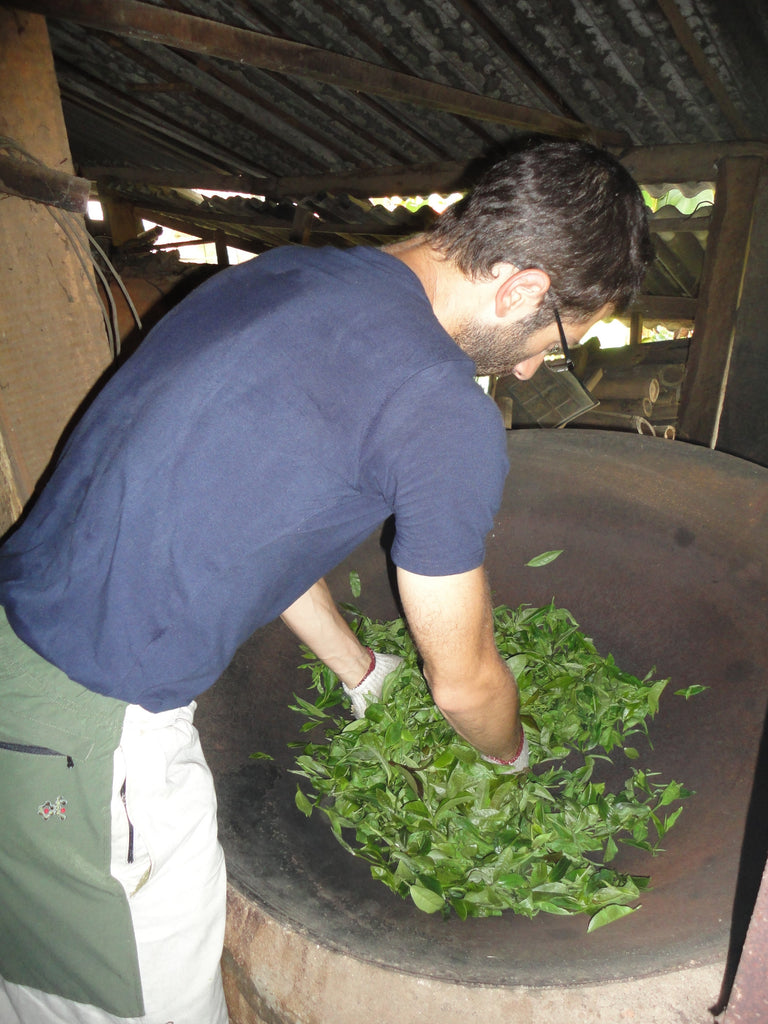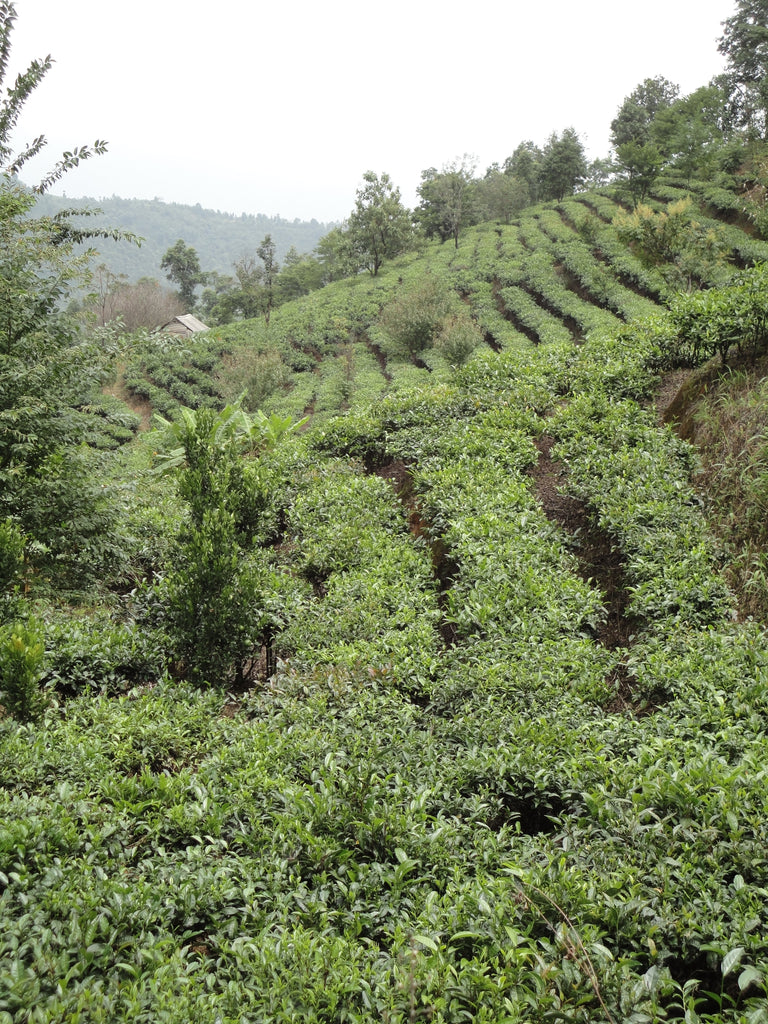Is tea traditional or modern?
For my first journey to China I chose Yunnan. I had read that thousands of years ago tea was drunk in no other place in the world but there. So I though there was no better place to experience first-hand the ancient tea tradition. I spent some days in a farmer’s house, climbed on old tea trees, picked the leaves and processed them with simple machines and by hand. It felt traditional.

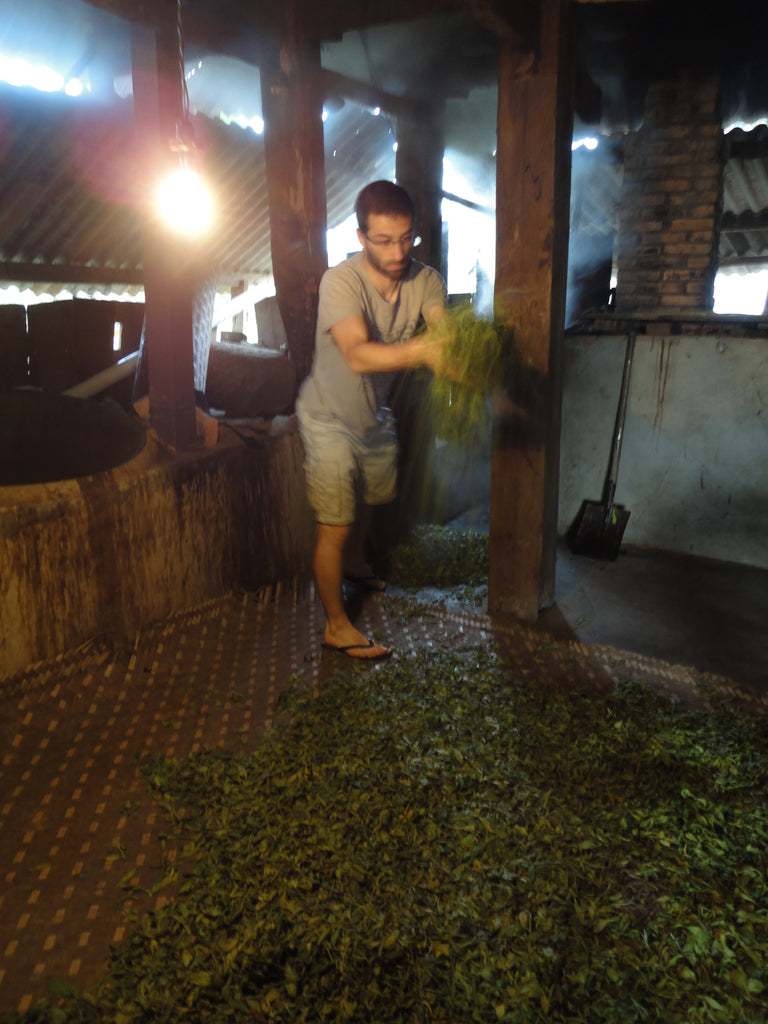
My first experience with tea cultivation and processing (Nannuoshan, Yunnan, China)
Years later, while sourcing tea in China for Nannuoshan, I experienced how black tea farmers in Fujian were drastically changing their ancient and well established processing methods in an attempt to produce Jin Jun Mei. Golden Steed Eyebrow—Jin Jun Mei in Mandarin—is a black tea invented just ten years ago. Its inventor, a former employ of a famous tea company, became very quickly a rich entrepreneur able to push the demand and price of Jun Jun Mei to the values never reached by any other black tea before. Suddenly, every tea drinker in China wanted Jin Jun Mei in his shelfs; and soon after every black tea producer was offering it.
So is tea really an ancient tradition? Or is it subject to change like fashion?
I would say both. And the rate of change is faster than we can imagine. Just to mention a few new trends…
What about the obsession for wild, aged Pu’er that cost like a car? Just 20 years ago Pu’er was just a cheap tea, the result of blending leaves of different plantation.
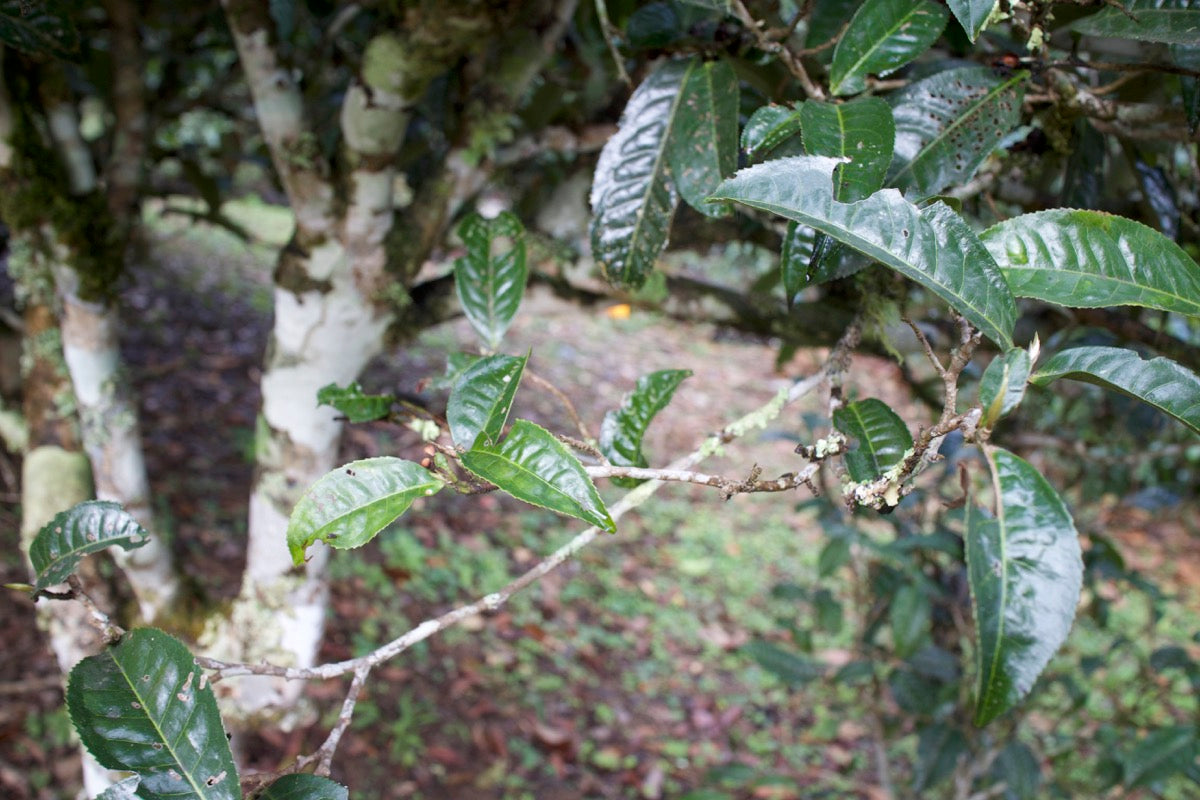
Old Pu'er tree with huge leaves (Laobangzhan, Bulang) and Pu'er tea plantation (Nannuoshan)
Pu’er became so popular that 10 years ago tea farmers on the other side of China started compressing their white tea to resemble the famous and expensive Pu’er cakes. White tea had never been compressed before.
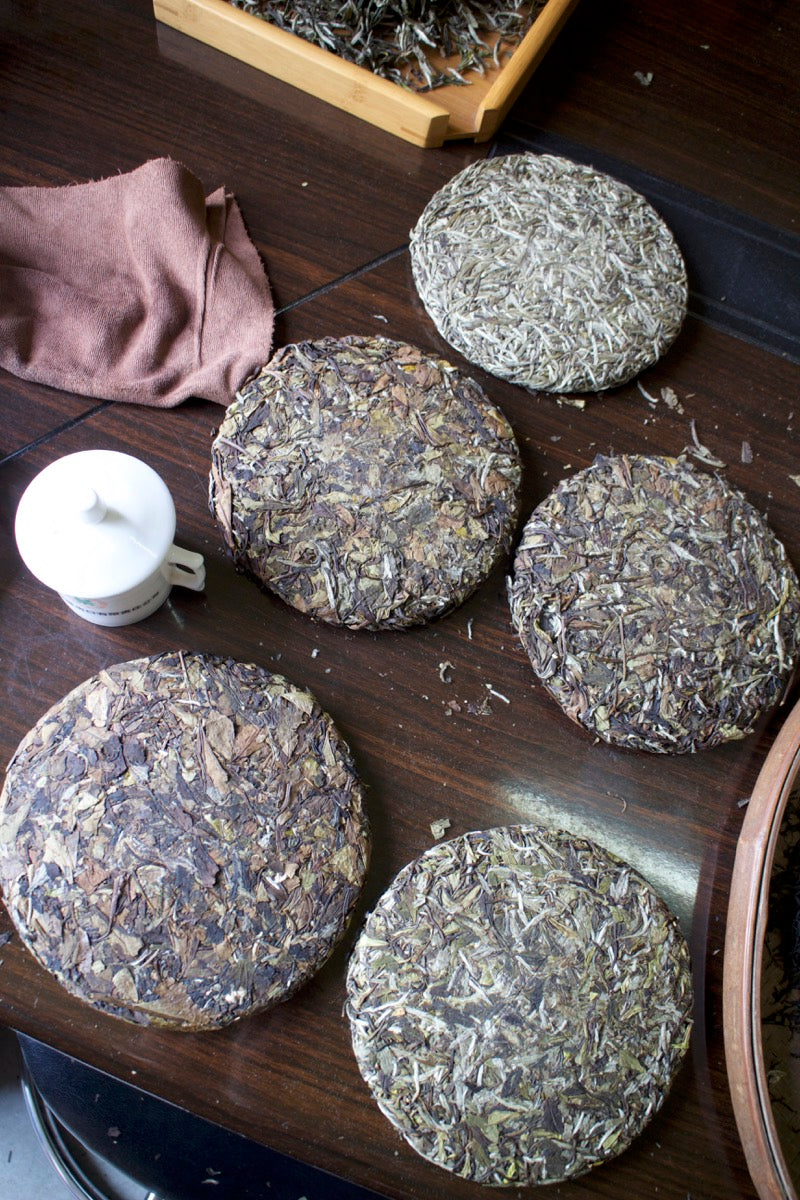
White tea cakes (bing cha). Farmers started compressing white tea just ten years ago to copy the popular Pu'er.
And what about the latest bar trend? In big Chinese cities like Beijing, Shanghai and Fuzhou tea bars just started to replace the traditional tea houses. Stundents and young professionals go out for a tea cocktail in the trendiest tea bar; cocktail lounges were yesterday!
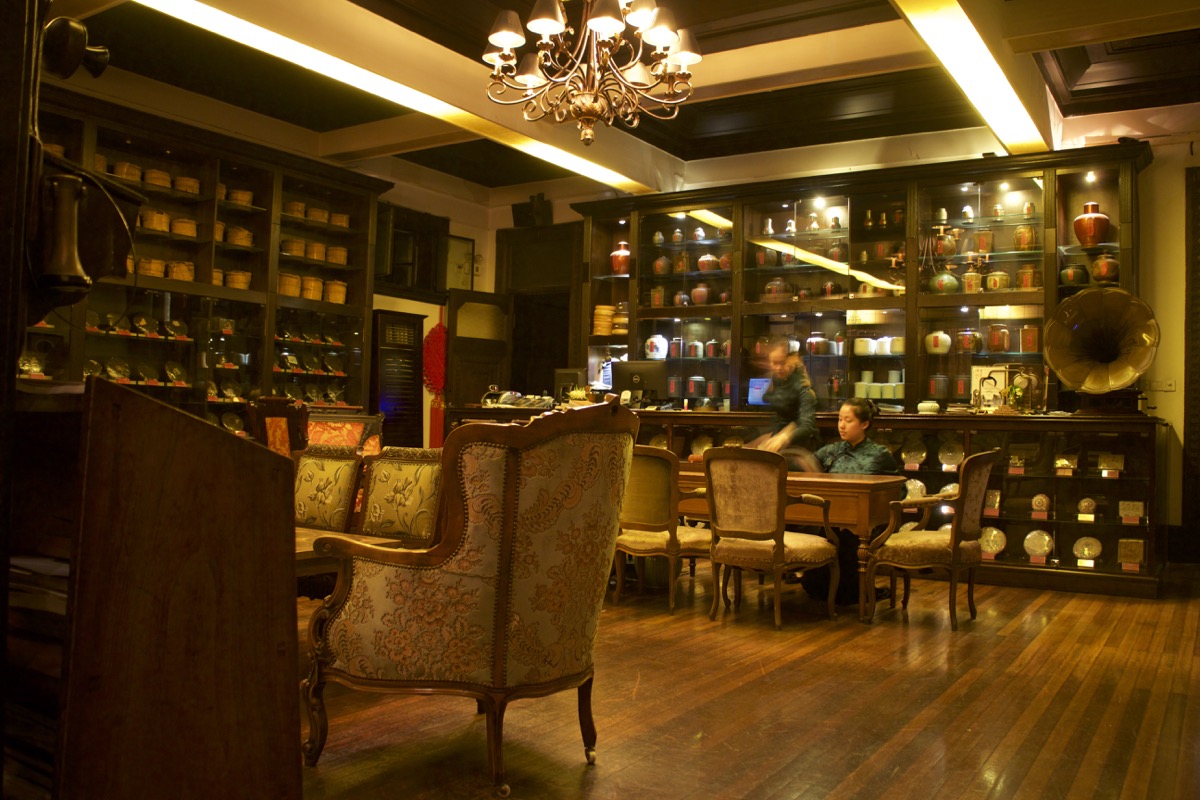
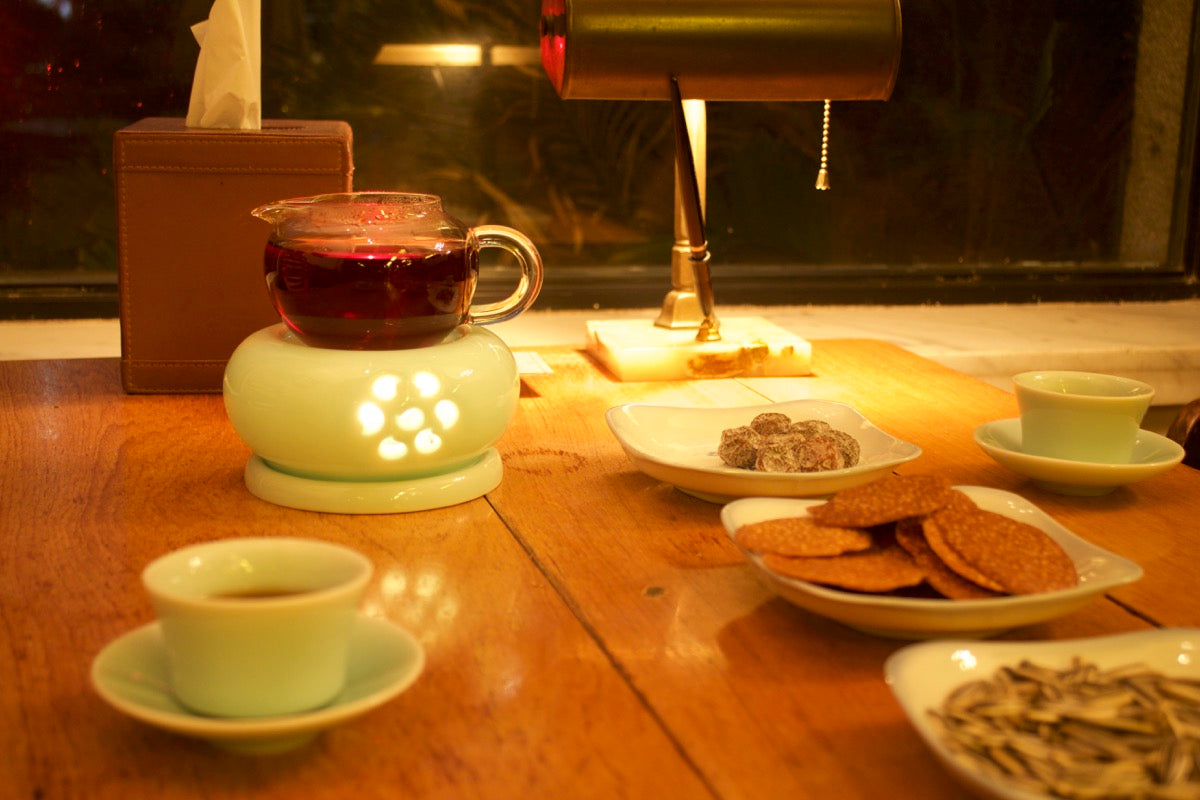


Traditional tea house in Shanghai and trendy tea bar in Beijing
Written by Gabriele






